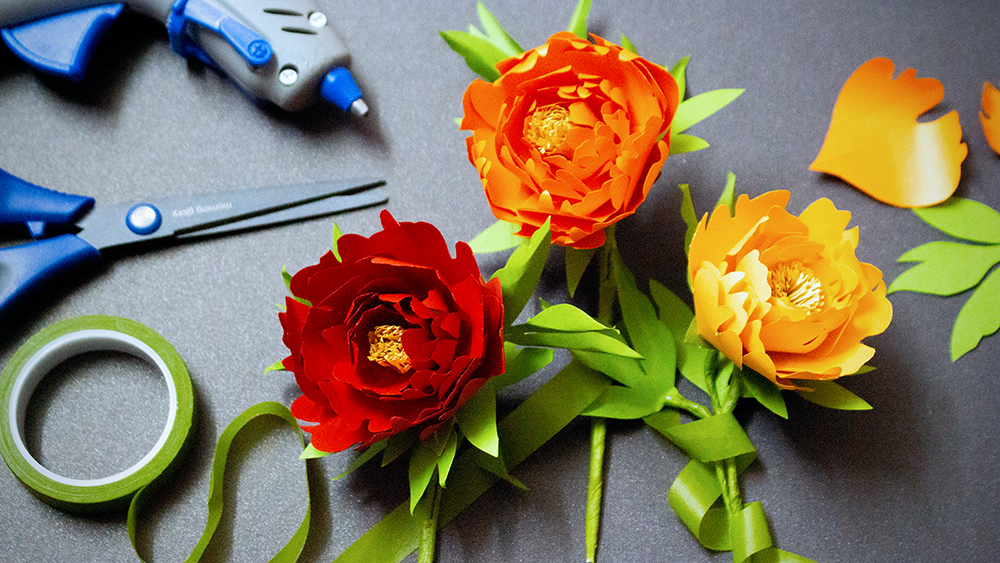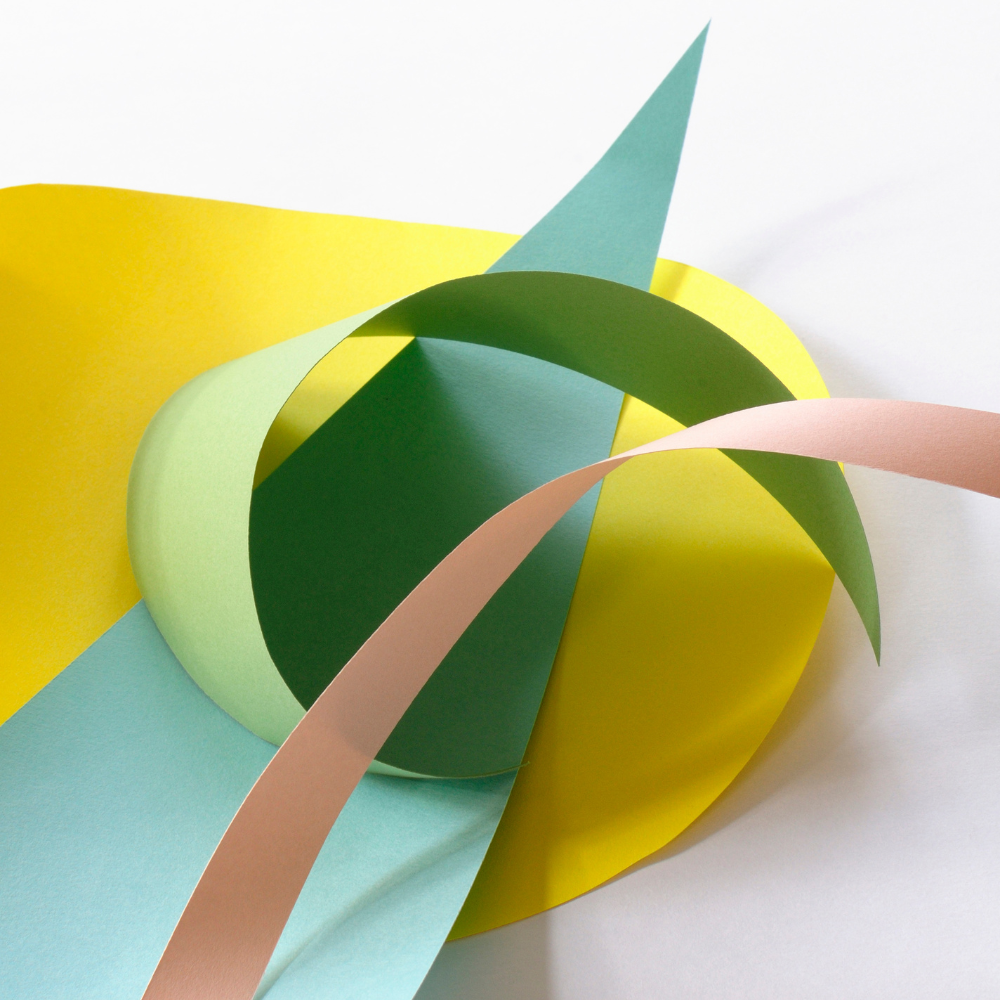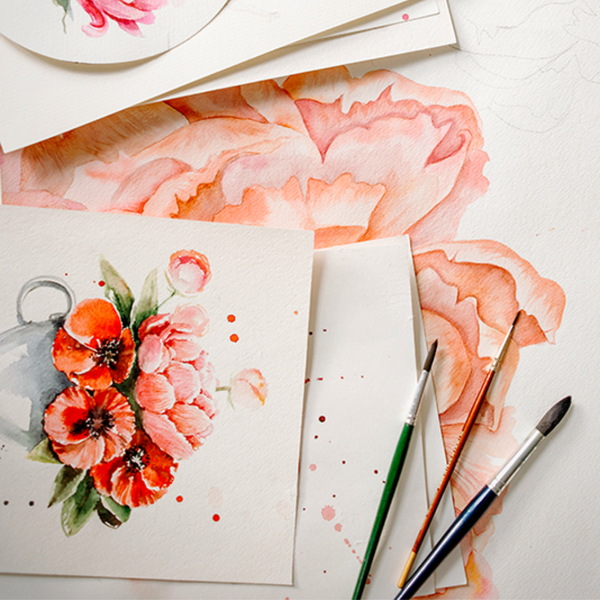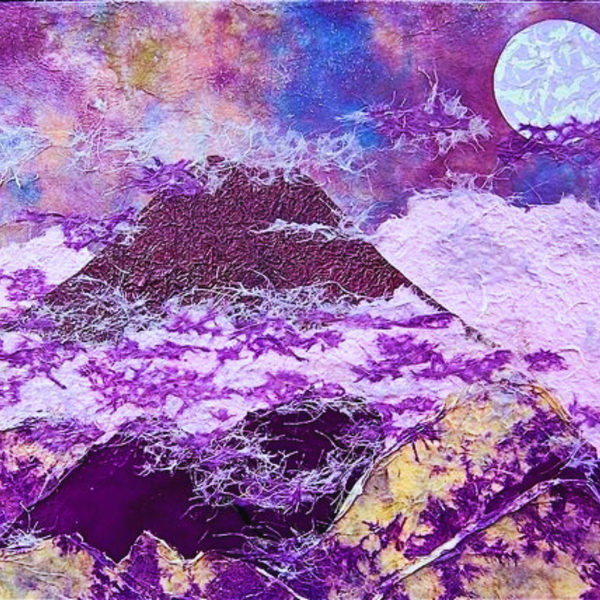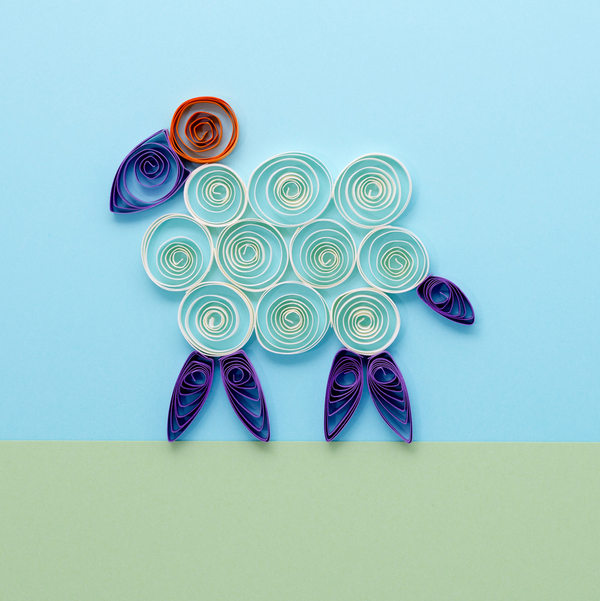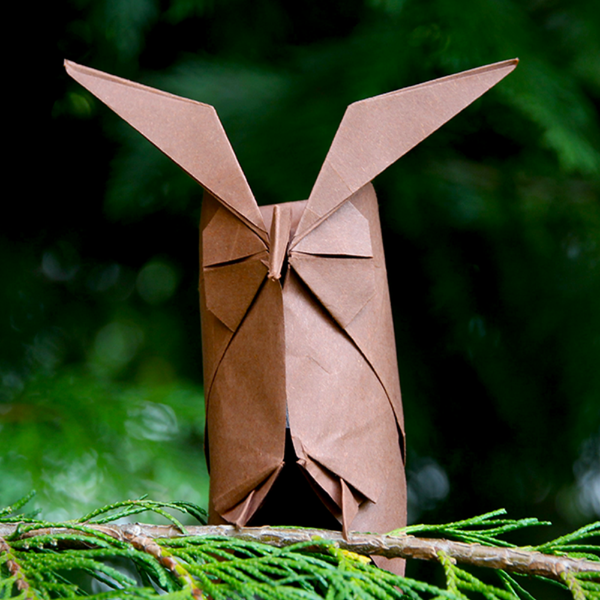Imagine transforming a flat, unassuming sheet of paper into a breathtaking three-dimensional masterpiece.
Creating paper sculptures is an art form that combines the simplicity of paper with the complexity of three-dimensional shapes.
The art of paper sculpture is a mesmerizing dance between imagination and precision, where the choice of paper can elevate your creation from ordinary to extraordinary.
But with a myriad of paper types at your fingertips, how do you choose the perfect canvas for your sculptural vision?
Fear not, for this essential guide is your compass in the vast sea of paper options.
It's a craft that requires not just creativity and skill but also an understanding of the materials involved.
This article will explore the various types of paper suitable for sculpting and provide insights into how to select the right paper for your project.
We'll navigate through the textures, weights, and finishes that will bring your paper sculptures to life, ensuring that your next project not only stands out but stands the test of time.
Get ready to turn the page and discover the paper that will transform your artistic journey!
Key Takeaways:
- Understanding the different types of paper and their properties is crucial for successful paper sculpture.
- The choice of paper can affect the durability, texture, and overall aesthetic of the sculpture.
- Familiarity with basic techniques and the right tools can enhance the paper sculpting experience.
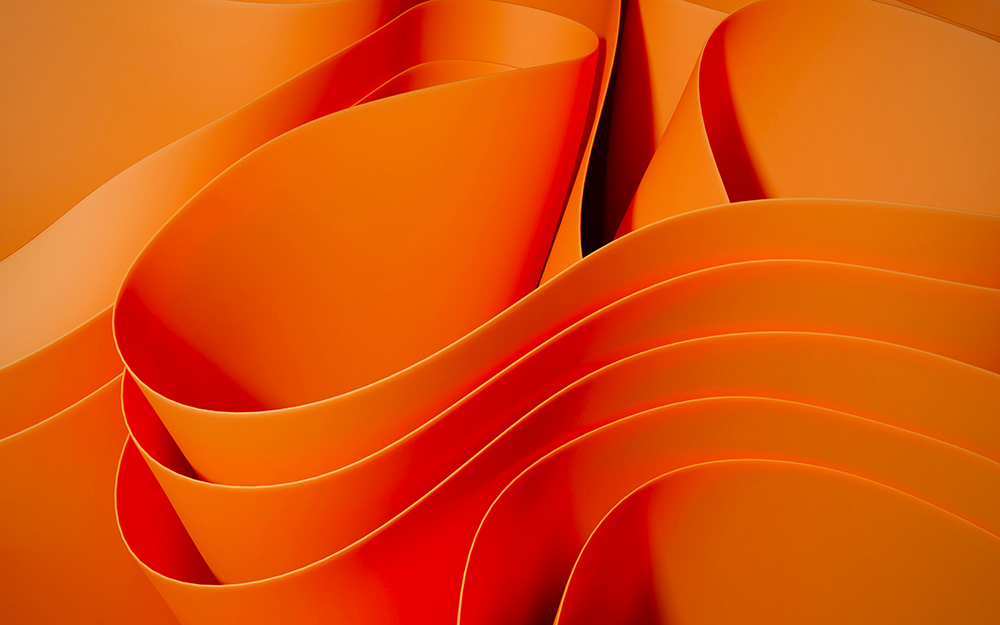
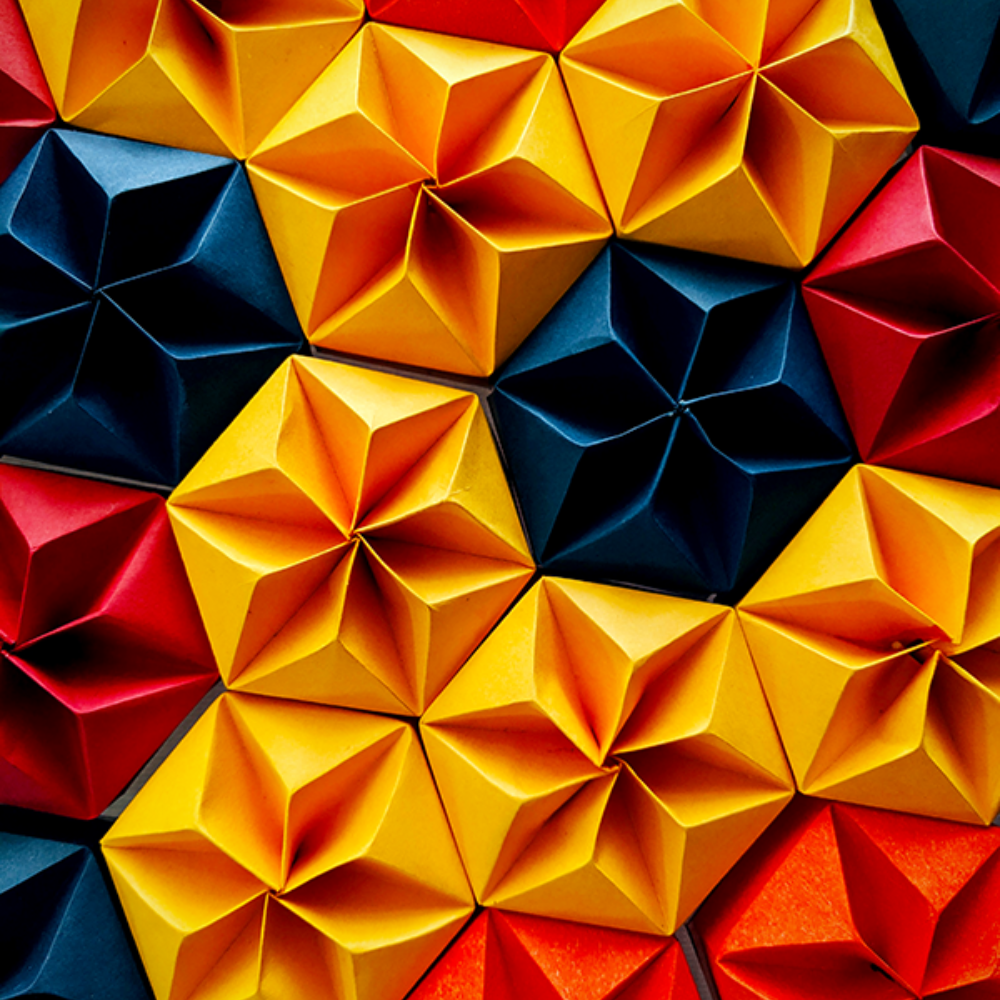

Understanding Paper Weight and Texture
When it comes to paper sculptures, the weight and texture of the paper are paramount.
Thicker paper, such as cardstock, can provide a sturdy base for sculptures, while thin paper, like tissue paper, is ideal for delicate details.
The texture, whether smooth or rough, can add dimension and interest to your artwork.
For instance, cold press paper has a textured surface that is excellent for adding a tactile quality to your sculptures.
Role of Paper Grain in Sculpting
The grain of the paper refers to the direction in which the fibers are aligned.
It's an important aspect to consider because it affects how the paper will fold and bend.
Paper with a strong grain will fold more easily in one direction.
This characteristic is crucial when creating sculptures that require precise folding techniques.
Art Paper: A Versatile Choice
Art paper is a broad category that includes various types of paper designed for artistic purposes.
It's typically a thicker paper that can stand up to manipulation without tearing.
Hot press art paper, known for its smooth surface, is excellent for detailed work.
On the other hand, watercolor paper, which is designed to absorb wet media, can also be used for paper sculptures that require a more textured finish.
Handmade Paper: Adding a Unique Touch
Handmade paper is a beautiful option for paper sculptures due to its unique texture and often irregular edges.
It can add an organic feel to your sculptures and is available in a variety of thicknesses.
However, because it's often more delicate, it can be a challenge to work with for beginners.
Tissue Paper: For Delicate Creations
Tissue paper is a thin paper that is perfect for creating translucent and delicate parts of a sculpture.
It can be layered to create depth or used singly for fine details.
However, its fragility means it's not suitable for the main structure of a sculpture but rather for the finishing touches.

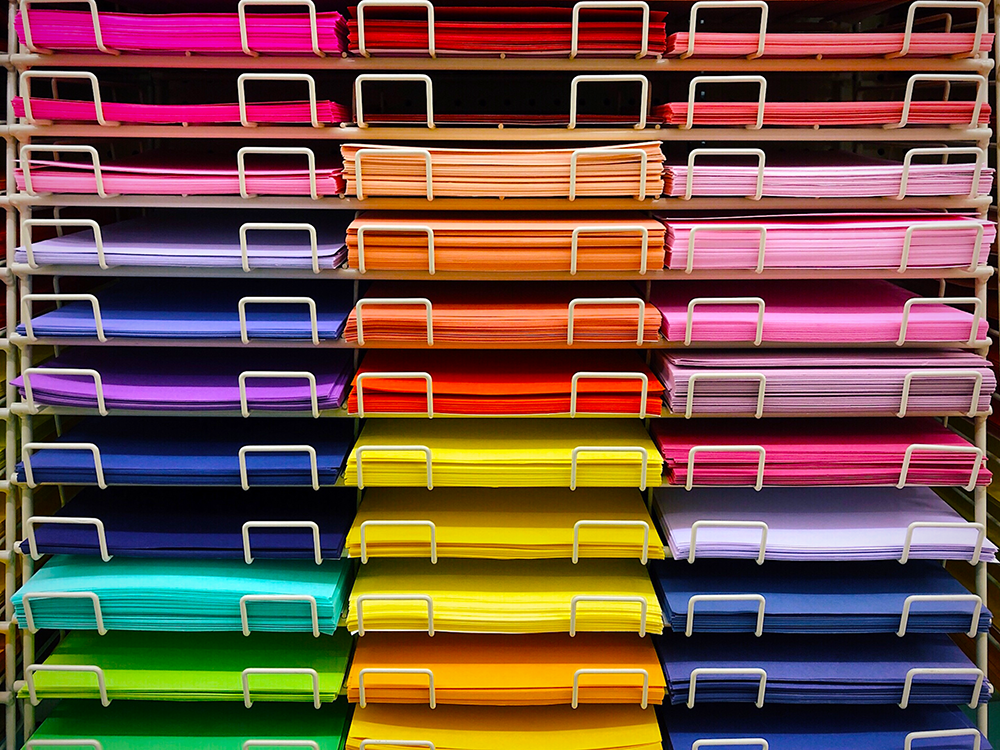

Significance of Smooth Paper in Detailing
Smooth paper is a pivotal material for artists who aim to achieve high precision and fine detail in their paper sculptures.
The absence of texture on smooth paper allows for a cleaner application of dry media, such as pencil or dry pastels, which can be essential when adding intricate designs or patterns to a sculpture.
This type of paper is particularly beneficial when artists wish to incorporate drawings or prints directly onto their sculptures, as it provides a flat surface that can hold ink or graphite without bleeding or feathering, ensuring that every line and point of the design is sharp and clear.
Moreover, smooth paper can be layered effectively, allowing sculptors to build up areas of their work to create depth or to cover mistakes seamlessly.
The ability to stick multiple layers without the concern of texture interference is crucial when working on complex pieces.
Artists often share their techniques for utilizing smooth paper on their Facebook page or other social media accounts, providing a wealth of ideas and inspiration for both novices and seasoned sculptors.
By following these accounts, one can hope to discover new methods for manipulating smooth paper to enhance the intricacy of their paper sculptures.
Glass and Dry Pastels for Translucent Effects
Integrating glass into paper sculptures can transform an artwork, giving it a multi-dimensional and translucent quality that captures and refracts light.
When artists choose to include glass elements, whether in the form of small shards, strips, or larger pieces, they must consider the weight and texture of the paper used to ensure it can support the glass without tearing.
The combination of glass and paper can evoke a sense of fragility and strength simultaneously, making it a compelling choice for sculptures that explore themes of transparency and resilience.
Dry pastels, on the other hand, offer a vibrant color palette that can be used to add a soft, diffuse hue to paper sculptures.
When applied to the surface of a sculpture, pastels can be smudged or blended to create gradients and shadows, adding depth and life to the piece.
Artists often share their progress and final results on their Facebook page or Instagram account, allowing followers to see how layers of pastel can be built up to achieve the desired effect.
These shared insights provide a treasure trove of ideas for other sculptors to experiment with in their own work, encouraging a collaborative and evolving art form.


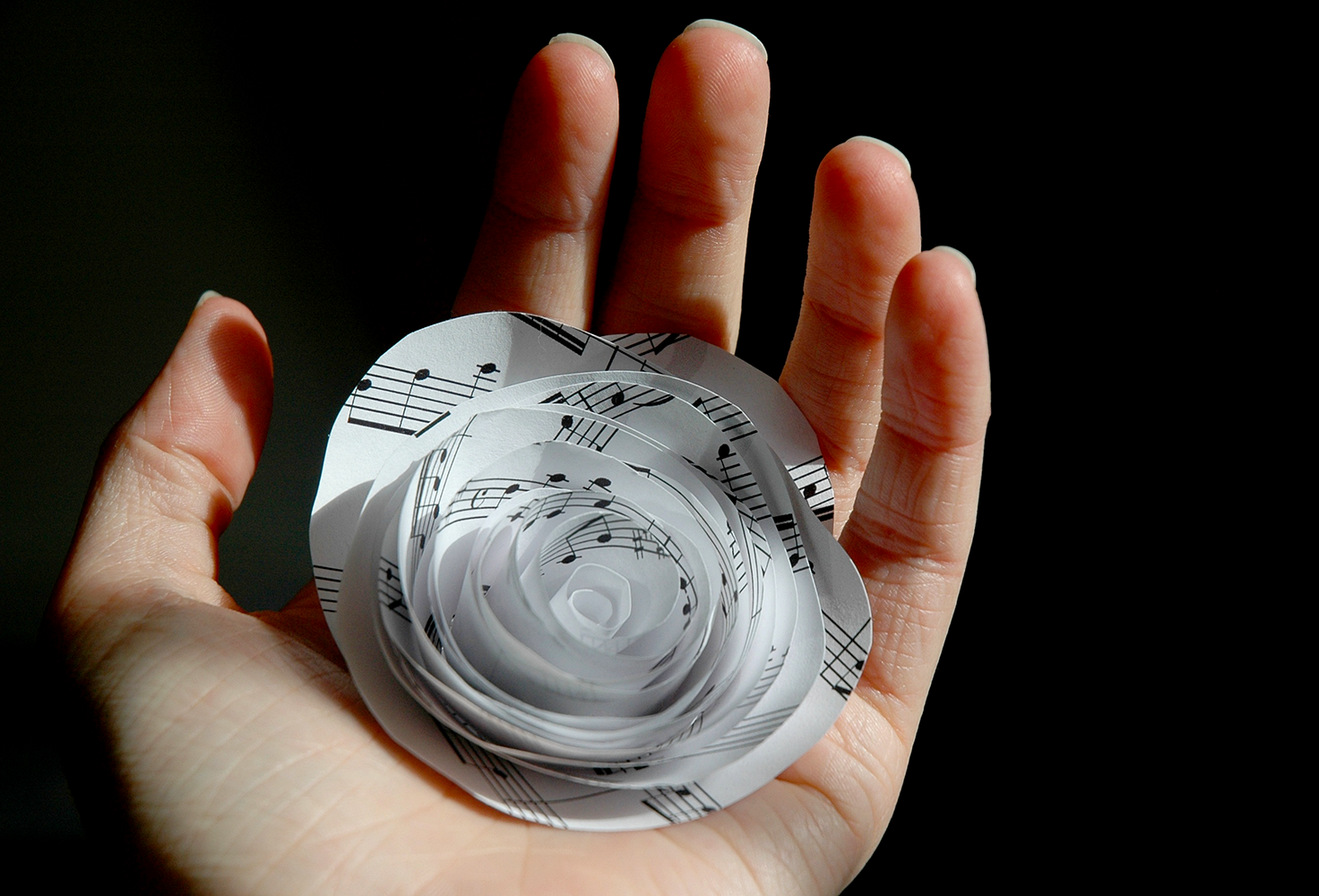
Selecting the Right Paper for Durability
Durability is a key factor when selecting paper for sculptures that are meant to last.
Thicker paper or cardstock is often the best choice for pieces that need to maintain their shape over time.
These papers can withstand glue, cutting, and folding without losing their form.
Impact of Paper Color on Sculptures
White paper is a popular choice for paper sculptures because it offers a blank canvas that can be painted or left as is for a minimalist look.
However, colored papers can save time on painting and add immediate vibrancy to your work.
When choosing colored paper, ensure the color runs through the entire sheet to avoid white edges that can detract from the finished piece.
Tools and Techniques for Paper Sculpting
The right tools are just as important as the right paper.
Sharp scissors, craft knives, and a variety of glues can all be used to manipulate paper into the desired shapes.
Basic techniques such as folding, cutting, and layering are essential skills for any paper sculptor to master.
Digital Paper Sculptures: A Modern Twist
Digital paper sculptures are a new frontier in the art form, where artists create designs digitally before printing them out and assembling them.
This method allows for precise cuts and folds that can be difficult to achieve by hand.
The right paper for digital sculptures should be compatible with your printer and sturdy enough to maintain the design's integrity.
Finding Inspiration and Sharing Your Work
Platforms like Facebook pages and Instagram accounts dedicated to paper sculptures can be a great source of inspiration.
They can also provide a community for artists to share their work and learn different techniques from one another.
Don't hesitate to present your own sculptures on these platforms to inspire others and get feedback on your work.



Craft Your Masterpiece with the Perfect Paper
Paper sculptures are a testament to the versatility and beauty of paper as a medium; the type of paper you choose can greatly influence the outcome of your artwork.
From the sturdy and thick paper for structural elements to the delicate and thin paper for intricate details, each choice plays a pivotal role in the creation process.
In the realm of paper sculptures, your artistic vision is bound only by the limits of your imagination and the paper you choose as your canvas.
By understanding the properties of different papers and mastering basic sculpting techniques, artists can transform simple sheets into stunning three-dimensional objects.
With the knowledge of paper properties and a steady hand, every fold and cut you make can breathe life into your creations.
Remember, the paper you select is not just a material—it's the foundation of your artistry, the silent partner in your creative process.
Whether you're a seasoned sculptor or a beginner, the journey of creating paper sculptures is one of endless possibilities and discoveries.
As you embark on your next sculptural endeavor, let the insights from this guide lead you to the paper that will not only carry your artistic intent but also showcase the true potential of your talent.
Now, go forth and sculpt the impossible, one sheet at a time!

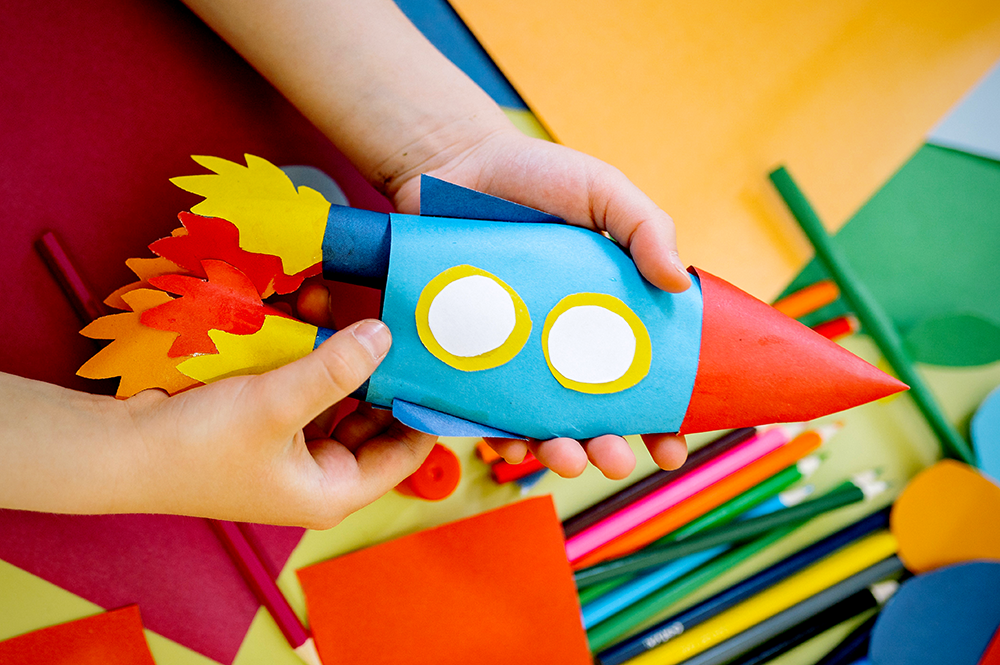
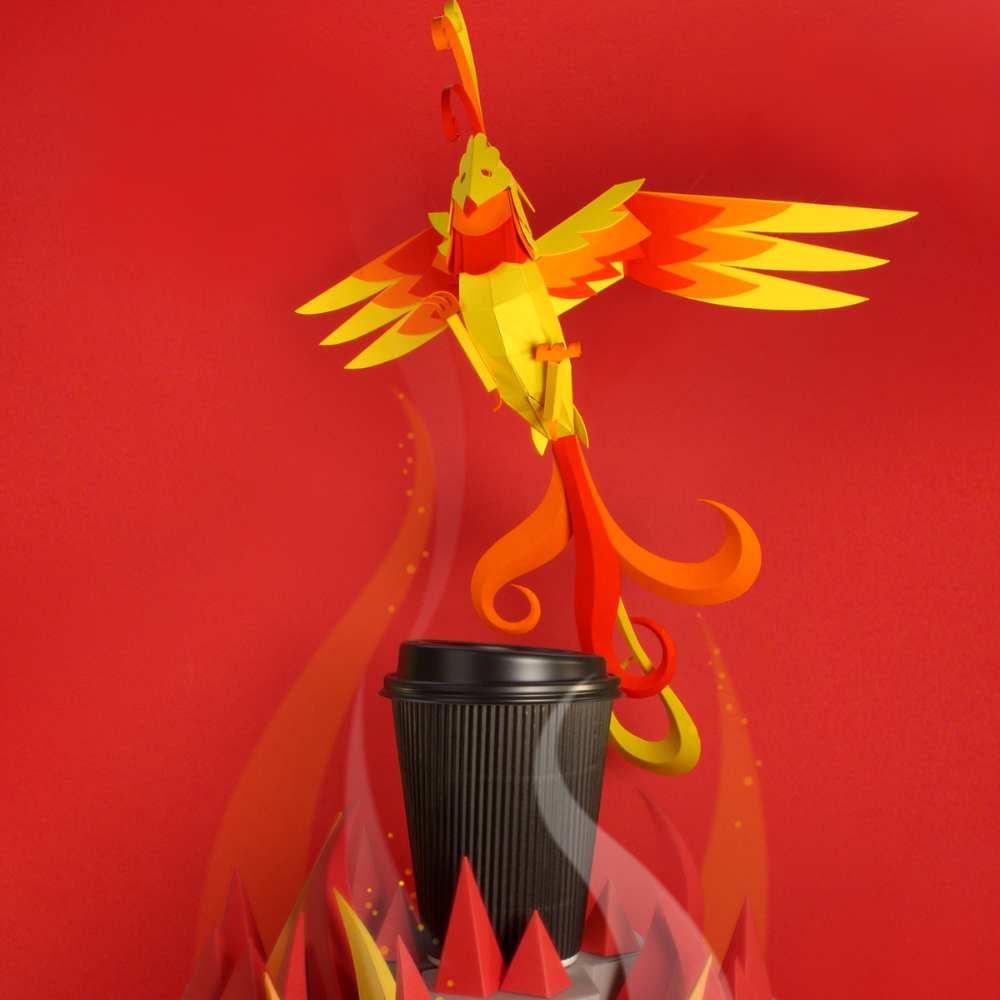
Paper Sculpture FAQs
Embarking on the delicate and intricate journey of paper sculpture can be both exhilarating and challenging.
As you fold, cut, and glue your way to creating stunning three-dimensional art, questions are bound to arise.
Whether you're a seasoned artist or a curious beginner, having the right information can make all the difference in your paper sculpting endeavors.
To help you navigate through the complexities of this craft, we've compiled a list of frequently asked questions that address common concerns and provide valuable insights.
From selecting the perfect paper to preserving your finished masterpiece, these FAQs are your go-to resource for all things paper sculpture.
Let's dive into the details and ensure your artwork stands out with the finesse and durability it deserves.
Can I use regular printing paper for paper sculptures?
While you can use regular printing paper for practice or simple projects, it's not the most suitable for professional or intricate sculptures due to its lack of durability and texture.
How do I choose the right glue for paper sculptures?
The choice of glue depends on the paper and the type of sculpture. A PVA glue is versatile and dries clear, making it a good option for most projects. However, for delicate papers like tissue paper, you might need a lighter adhesive to prevent warping.
Is it necessary to seal or protect finished paper sculptures?
Sealing paper sculptures can help protect them from dust, light, and moisture. You can use a spray sealant or a clear varnish, depending on the desired finish and the paper used.

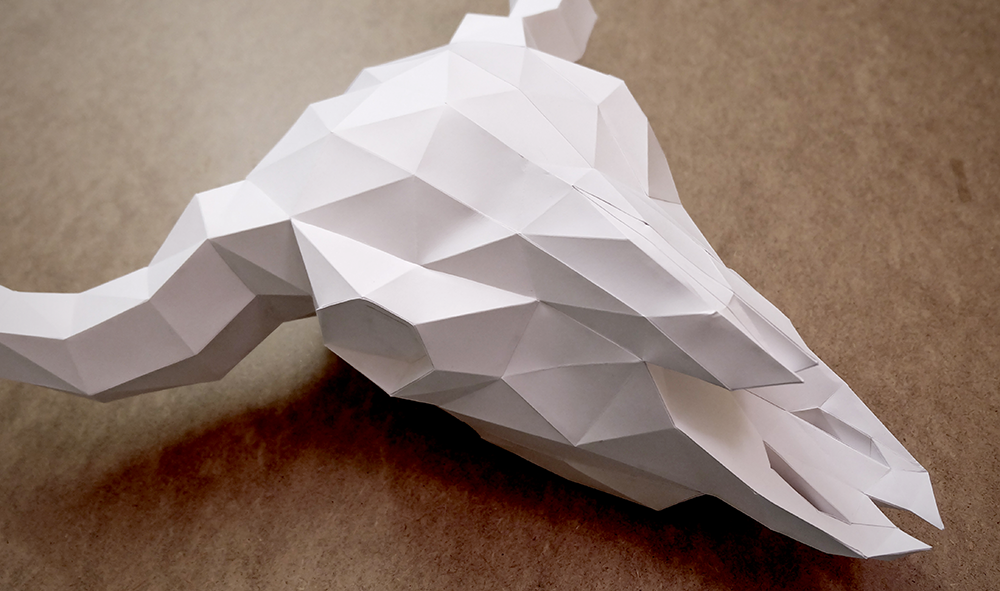

Ready to start sculpting paper art? Check out Eric Strebel's video!
Want even more content about creativity and art?
Be sure to check out all of our creative chronicles!
Ready to get creative with paper?
Check out our other art paper articles:
-How do you harden a paper sculpture?
